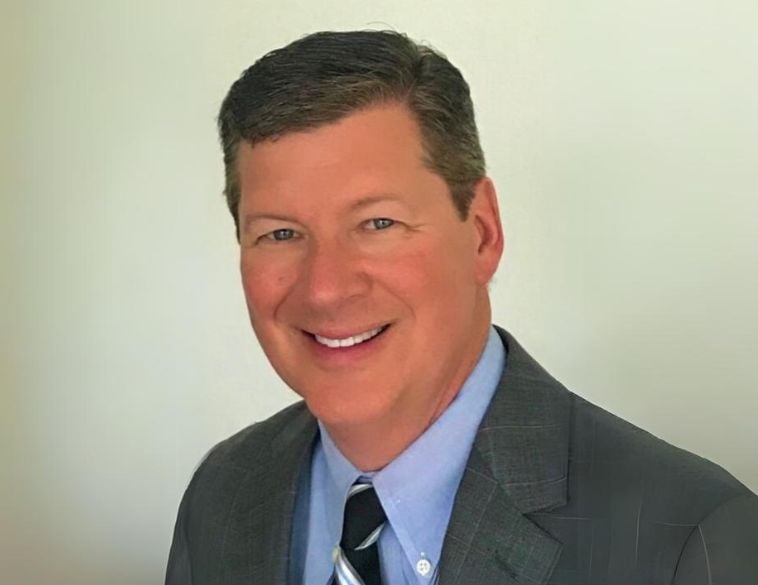In our second installment of this two-part series we look at how robotic drying is boosting collision shop throughput.
At CSN – CARS in Burlington, Ont., owner Nick Di Luca installed the Symach Fix Line System in his 1114 sq m (12,000 sq. ft.) shop three years ago. “We have three robots, one in the spray booth, one in the prep station and one in the body department so we can cure our body filler really fast. With this one pass, it’s cured and we can work on it.”
30 percent improvement
Di Luca says his production throughput has gone up by about 30 percent. “We count booth loads, because we do multiple units in one load,” Di Luca explains. “You might add a couple of doors, a few bumpers. We do about 10 spray booth loads a day.”
Before, Di Luca was doing about four to six, with extended hours. “We still do extended hours in the paint shop, to get one or more booth load per day.”
Di Luca describes his system as the “Cadillac” version. “Everyone asks me what it cost, and we paid more for this top of the line system,” he says. “If you do this in a greenfield, it’s much more affordable. We had a lot of retrofitting in our building which is about 40 years old.”
The installation took about four months, but Di Luca moved his techs and their work to his other location. “We worked double shifts, and that’s how we were able to keep up.”
Two trainers came from the Symach office in Italy and spent two weeks with staff. “Then there was another month or so where we emailed or messaged when issues came up,” says Di Luca. “They were always there to consult with.”
He believes his team has adapted to the Symach system very well. “There’s always a learning curve,” Di Luca says. “New employees, staff that we’re bringing in, they’re a little concerned because it’s a fast system. When I put body filler on, I saw it as a one cigarette, two cigarette wait. Now, it’s a zero cigarette wait. You put the body filler on, turn on the robot, one pass, and it’s done.”
Not only has the shop become more efficient with better throughput, it’s a better place to work. “The shop is quieter, no fumes, no smells, it’s a very relaxed atmosphere. It’s a very clean environment.”
Not a silver bullet
When robotic drying technology first came to North America, Bill Davidge, Director, OEM Strategy and Equipment for CARSTAR, drove eight hours to Philadelphia to see it in action. “It works 100 percent,” he says. “But it’s not the silver bullet that’s going to fix all the problems.”
It’s a drastic change and can throw a monkey wrench into a lot of facilities if the staff have not bought into it. “It’s a huge expense, when there’s so much opportunity through process improvement compared with their current equipment,” says Davidge. “I don’t recommend it unless the shop is really a top performer with the proper culture in the store.”
The equipment can dry panels quickly, but if staff isn’t available to assemble the car or take the next steps, there may not be much of a benefit. “There’s a lot of work up front and on the back of the process to take advantage of the system,” says Davidge. “Shops need to think about their own processes and how they’re doing things to take advantage of the systems. The best way it works is having staff that are cross-trained. They should be able to prep a car as well as re-assemble it.”
“It’s a very difficult balance,” says Davidge. “You have to be very well organized. You have to have that culture in place.”


